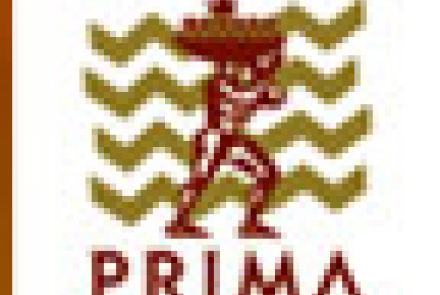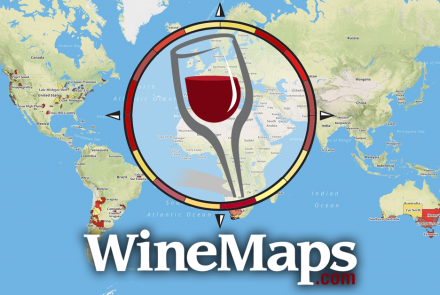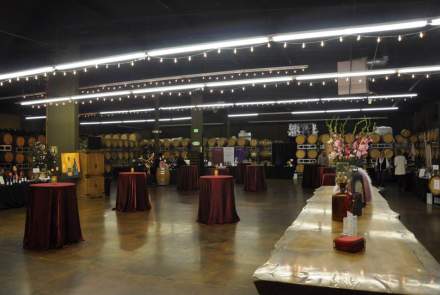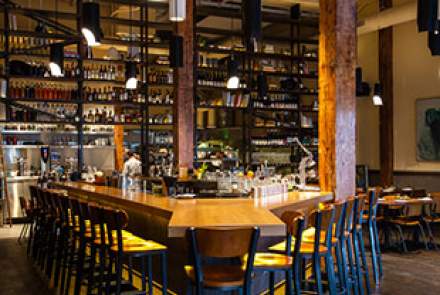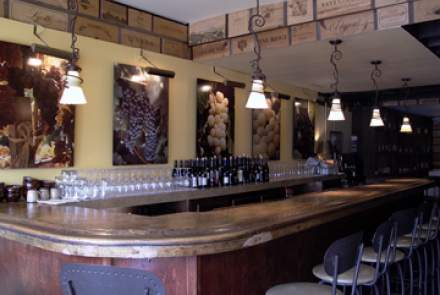San Francisco Bay is a large estuary in the U.S. state of California, encompassed by a contiguous region known as the San Francisco Bay Area, dominated by large cities such as San Francisco, Oakland, and San Jose. The Bay covers somewhere between 400 and 1,600 square miles, depending on which sub-bays, estuaries, wetlands, and so on are included in the calculation.
It's one of the world's most stunning natural harbors, renowned for its depth and size, as well as its scenic magnificence. The Bay is spanned by the renowned Golden Gate Bridge and is home to Alcatraz Island, a former federal prison that is now a notable tourist attraction.
San Francisco Bay consists of several interconnected bodies of water, including San Pablo Bay and Suisun Bay, and empties into the Pacific Ocean via the Golden Gate strait. This body of water provides a crucial ecosystem, supporting a diverse range of fish, birds, and other wildlife, some of which are endangered species like the California clapper rail and the salt marsh harvest mouse.
This area has a rich history starting from indigenous communities, Spanish colonization, the Gold Rush Era, to the booming tech industry. Despite the urban development, the Bay Area maintains a significant amount of parkland and open space where residents and visitors can enjoy hiking, bird watching, and other recreational activities.
Yet, the Bay is also a hub for port activity, with the Ports of San Francisco, Oakland, and Richmond being some of the busiest on the West Coast. However, like many other natural habitats around the world, it faces environmental issues like pollution, urban encroachment, and climate change-induced sea-level rise.

